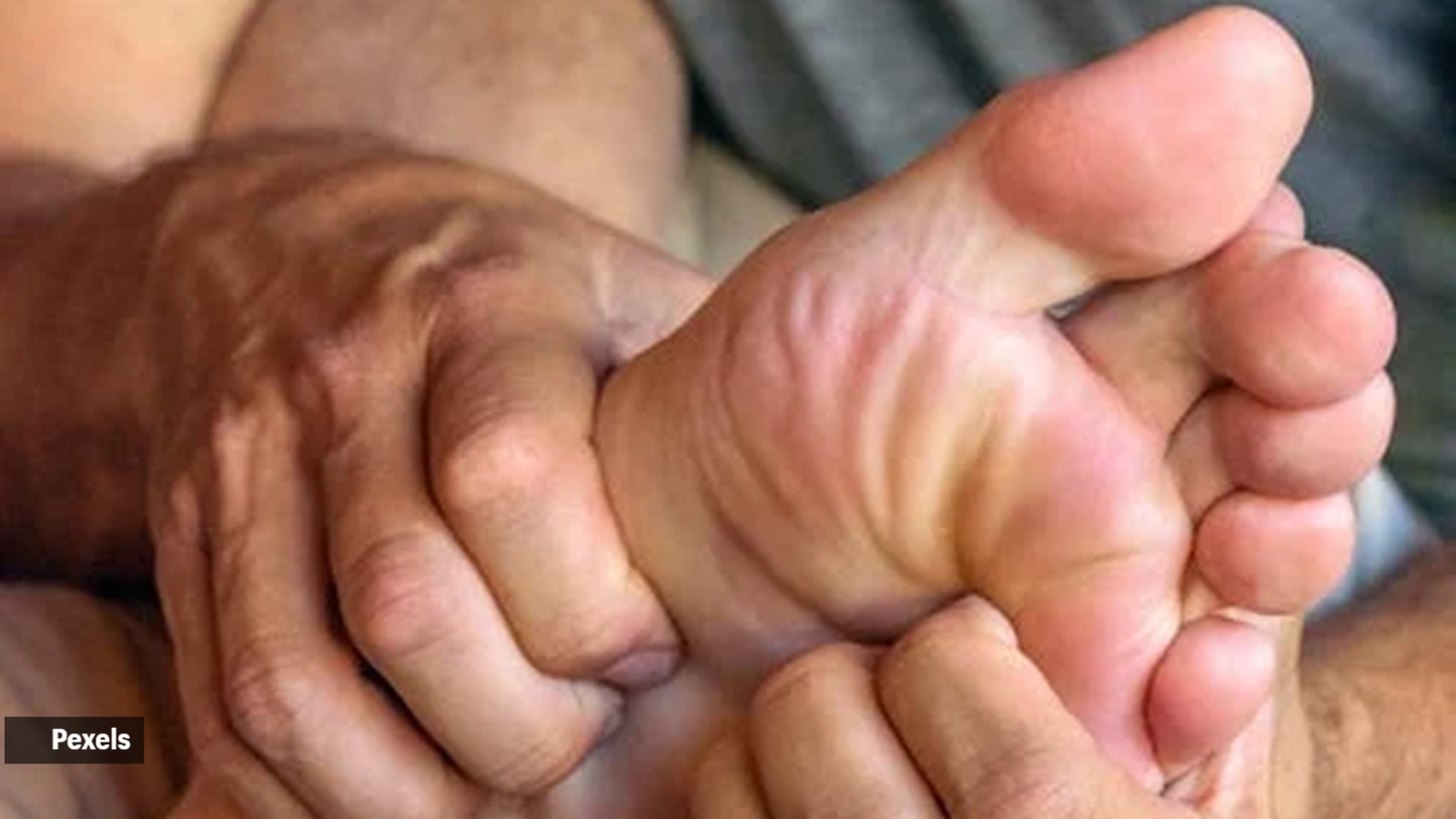Owing to convenience, many people prefer flip-flops. But if experts are to go by, people with diabetes should avoid flip-flops or similar open-toe shoes. According to them, straps can pressure parts of the foot, leading to sores and blisters that can be difficult to treat in diabetics. “Flip-flops should not be used as most diabetics will have diabetic peripheral neuropathy, characterised by numbness or tingling in the feet. The strap between the great toe and second toe can cause a friction wound in the web space,” said Dr B Pavan, HOD – podiatry, KIER, Indiranagar, Bangalore.
Also, open-toe shoes make it easy for gravel and small stones to get inside.
Additionally, clawing the smaller toes is a common complication with flip flops as the body tries to clasp this footwear when in the swing phase, said Dr Pavan. “Sliders will come off again due to the same fact,” said Dr Pavan.
What kind of footwear should diabetics opt for?
Ideally, footwear for a diabetic can be a slider with a strap in the posterior heel region, which holds this floater in place during the swing phase, said Dr Pavan. “The general criteria of seamless inners, wide toe boxes, and soft and durable inner soles is a must,” said Dr Pavan.
 It is advisable to try on shoes when you are ending your day (Photo: Pexels)
It is advisable to try on shoes when you are ending your day (Photo: Pexels)
Experts also suggest considering laced shoes that provide better support and fit.
Pro tip: It is advisable to try on shoes when you are ending your day because that is the time when your feet are likely to be a little swollen. It is considered that if the shoes are comfortable at that time, they should stay comfortable during the rest of the day, too.
It is also advisable to keep at least two pairs with good support to alternate between them while allowing them to catch air and dry out. This also ensures its durability.
Story continues below this ad
As a diabetic, it is also advisable to talk to your podiatrist or foot doctor to get the best pair for your needs.
DISCLAIMER: This article is based on information from the public domain and/or the experts we spoke to. Always consult your health practitioner before starting any routine.


